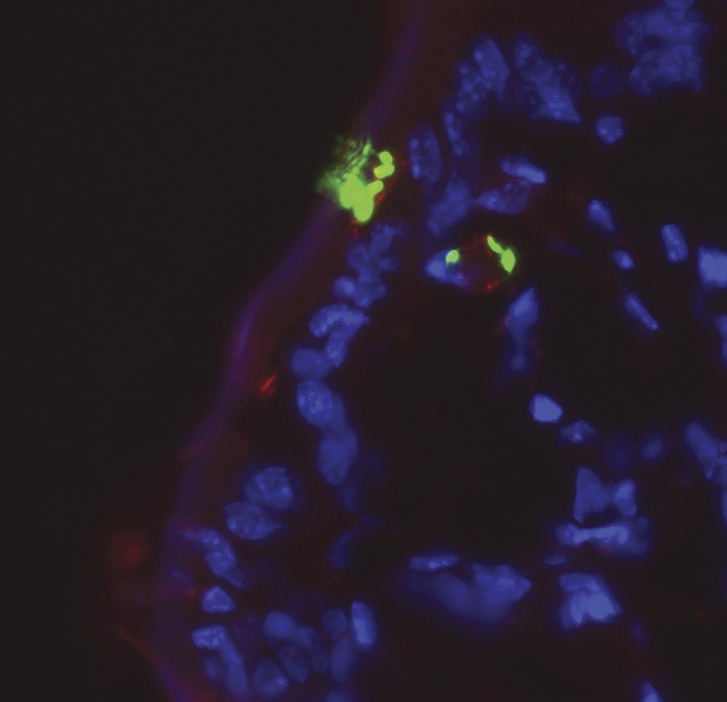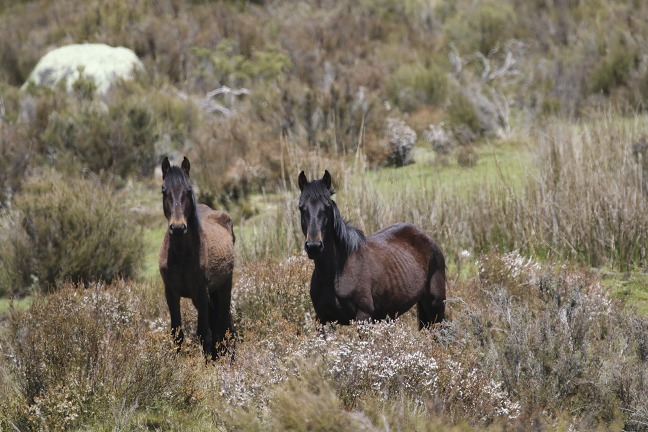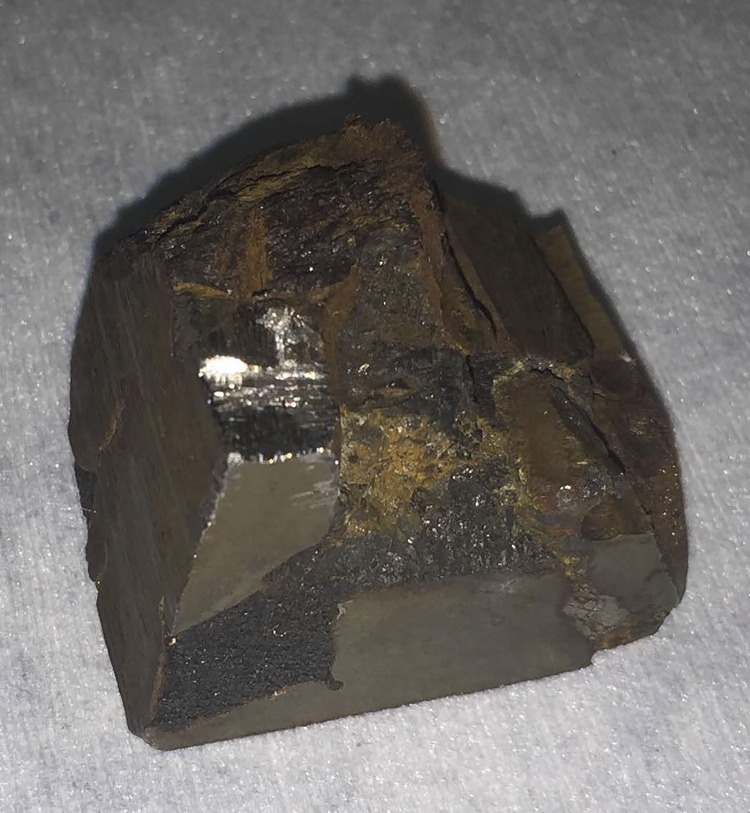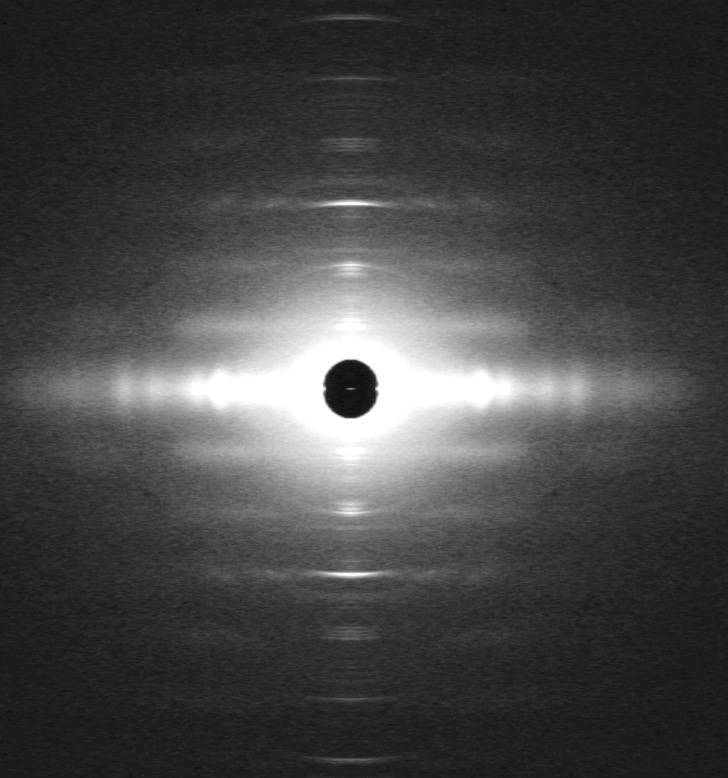Gene switch underlying tomato fruit size and domestication
Wild ancestor S. pimpinellifolium (A), semidomesticated Solanum lycopersicum var. cerasiforme (B), domesticated S. lycopersicum varieties (C–F), lc mutant (D), lc and fas mutant (E), and eno mutant (F).
Tomato breeding has resulted in cultivars with increased fruit size relative to the wild ancestor Solanum pimpinellifolium. Mutations in the fasciated (fas) and locule number (lc) genes have been shown to underpin extreme fruit size in cultivated tomatoes—a feature largely determined by the number of seed compartments in mature fruits. Fernando Yuste-Lisbona, Antonia Fernández-Lozano, et al. (pp. 8187–8195) report that mutations in the gene switch excessive number of floral organs (eno) result in large-fruited varieties and may have played a crucial role in boosting fruit size during tomato domestication. Compared with wild-type plants, eno mutants produced larger flowers as well as larger and heavier fruits, resulting in higher yield. Expressed in regions called shoot and flower meristematic domes, the gene switch belongs to a gene network repressing floral meristem activity; mutations disabling eno enable floral meristem enlargement. Analysis of natural genetic variation in eno among more than 100 tomato accessions of varying fruit sizes revealed a link between the promoter sequence of the gene encoding eno and the number of seed compartments. Specifically, the absence of an 85-bp DNA fragment within the eno promoter was associated with increased number of seed compartments. Analysis of the evolutionary history of this genomic region in the eno promoter in more than 600 tomato accessions revealed that deletion of the 85-bp region likely occurred before domestication and increased in frequency in cultivated tomatoes, setting the stage for larger fruits through breeding and selection of fas and lc mutants. According to the authors, the study identifies a gene switch as a novel regulator of tomato fruit size that may have played a key role in domestication. — P.N.
Breast milk, sepsis, and gut bacteria
Gut-residing E. coli (green) can use goblet cells (red) to cross the intestinal epithelium in a model of neonatal sepsis.
In preterm infants, late-onset sepsis causes a quarter of all deaths and increases the risk of neurocognitive problems. Using a mouse model, Kathryn Knoop et al. (pp. 7941–7949) demonstrate that a substance found in breast milk appears to prevent migration of pathogenic Escherichia coli from the gut to the bloodstream of newborn mice. The authors developed the mouse model to determine the role of epidermal growth factor (EGF), a molecule that is found in high concentrations in colostrum, a form of breast milk, and that decreases over time. The authors disrupted EGF receptor signaling in mouse pups and inoculated the pups with E. coli strains isolated from the gastrointestinal tracts of septic, preterm infants. Pups with the disrupted receptors died, whereas controls, as well as pups inoculated only with commensal species, did not. Examining the pups’ intestines, the authors found that pups with disrupted EGF receptors had developed goblet cell-associated passageways, which are cellular gaps through which bacteria could pass. Subsequently, the authors demonstrated that EGF acts directly on goblet cells and prevents the formation of the passageways. According to the authors, the results suggest that donated breast milk collected closer to the time of birth—when EGF levels are high—is likely to provide increased protection against late-onset sepsis. — T.H.D.
Restoring ecological functions with herbivore introduction
Wild horses in Kosciusko National Park, Australia. Image credit: Andrea Harvey (photographer).
Numerous large, herbivorous mammals have declined or become extinct over the last 100,000 years, leading to significant changes in ecosystems across the globe. However, the introduction of herbivore species could counteract losses experienced during the Late Pleistocene. To determine the extent to which introduced herbivore species restore lost ecological functions or contribute novel functions relative to the Late Pleistocene, Erick Lundgren et al. (pp. 7871–7878) examined the body mass, diet, fermentation type, habitat type, and limb morphology of extant and extinct mammalian herbivores that are or were at least 10 kg. Such traits influence herbivores’ interactions with other species and the environment. The analysis included 427 herbivores that lived between approximately 130,000 years ago and the present day. Compared with native-only species assemblages, nonnative species evoke a world that is more similar to the preextinction Late Pleistocene. Many introduced herbivores exhibited trait combinations that can influence ecosystem processes, such as shrub expansion in drylands and wildfire severity. Overall, 42% of introduced herbivores restored key ecological functions that went extinct during the Late Pleistocene, and 5% of introduced herbivores contributed novel trait combinations. The results suggest that shifting focus from eradication to landscape and predator protection may have broad biodiversity benefits, according to the authors. — M.S.
Racial bias in automated speech recognition
Automated speech recognition (ASR) systems are becoming increasingly prevalent in applications such as virtual assistants and hands-free computing. Such machine-learning algorithms convert speech into text based on a language model trained on text data and an acoustic model trained on audio data. Given recent reports of racial bias in other types of machine-learning algorithms, Allison Koenecke et al. (pp. 7684–7689) examined whether racial disparities also exist in ASR systems. The authors evaluated the performance of state-of-the-art ASR systems developed by Amazon, Apple, Google, IBM, and Microsoft in transcribing 19.8 hours of audio from 42 white speakers and 73 black speakers from different regions of the United States. On average, the ASR systems yielded an error rate of 0.35 per word for black speakers, compared to 0.19 for white speakers. Additional results suggest that racial disparities of ASR systems are attributable to deficiencies in the acoustic models’ ability to accurately capture the pronunciation and prosody of African American Vernacular English, a natural and long-studied system. According to the authors, the findings highlight the need for ASR system developers to use an audio training dataset that is broadly inclusive to ensure that the technology benefits society in an equitable fashion. — J.W.
Extraterrestrial superconductors
Superconductive grains were found in this piece of the Mundrabilla meteorite.
Meteorites contain some of the most primitive material in the Solar System, which formed under extreme conditions that could have created mineral phases not naturally found on Earth. Superconductive phases may be among such material, but the quantities of superconducting minerals in meteorites are likely minute. James Wampler et al. (pp. 7645–7649) used a method called magnetic field modulated microwave spectroscopy to identify superconductivity in meteorites. The method can detect superconductive material at volumes of 10-12 cm3. Examining samples from 15 meteorites covering various meteoritic classes, the authors detected minerals that exhibited superconductive properties in two meteorites: Mundrabilla, an iron meteorite, and GRA 95205, a meteorite of a class called ureilites. Neither was a chondrite, meaning that they did not preserve a history of the presolar interstellar medium; instead, the samples had been melted and recrystallized after formation. Subdivision and analysis of the largest superconducting grains helped identify the grains as alloys of lead, indium, and tin. According to the authors, if similar meteorites exist in regions of space that are sufficiently cold to allow natural superconductivity, such materials may have helped shape magnetic fields in some celestial objects. — P.G.
Myosin dynamics in heart muscle function
X-ray diffraction pattern from relaxed muscle cells isolated from a rat heart.
The mammalian heart’s ability to pump blood relies on rhythmic contraction of cardiac muscles—a process driven by actin and myosin filaments. Relatively little is known about the structural dynamics and regulatory roles of myosin filaments, which have become a growing focus of cardiac drug development. Elisabetta Brunello et al. (pp. 8177–8186) used synchrotron small-angle X-ray diffraction to examine myosin filament dynamics during the contraction of electrically stimulated heart muscle cells dissected from the right ventricle of rat hearts at 20-ms time resolution. Nearly 400 molecules of adenosine triphosphate, the cellular energy currency, were hydrolyzed for each half-filament of myosin during muscle force development; however, at peak force, only around 30 myosin motors in each half-filament were attached to actin filaments. These force-bearing myosin motors clustered in the filament’s C domain, a region near the middle of each half-filament that contains the myosin-binding protein C. In addition to actin-mediated regulation, stress-sensing in the myosin filaments influenced the strength and time course of contraction. According to the authors, the study uncovers previously unrecognized roles for distinct domains of myosin filaments in heart muscle function and unravels the structural dynamics of a potential therapeutic target in cardiac disorders. — P.N.







